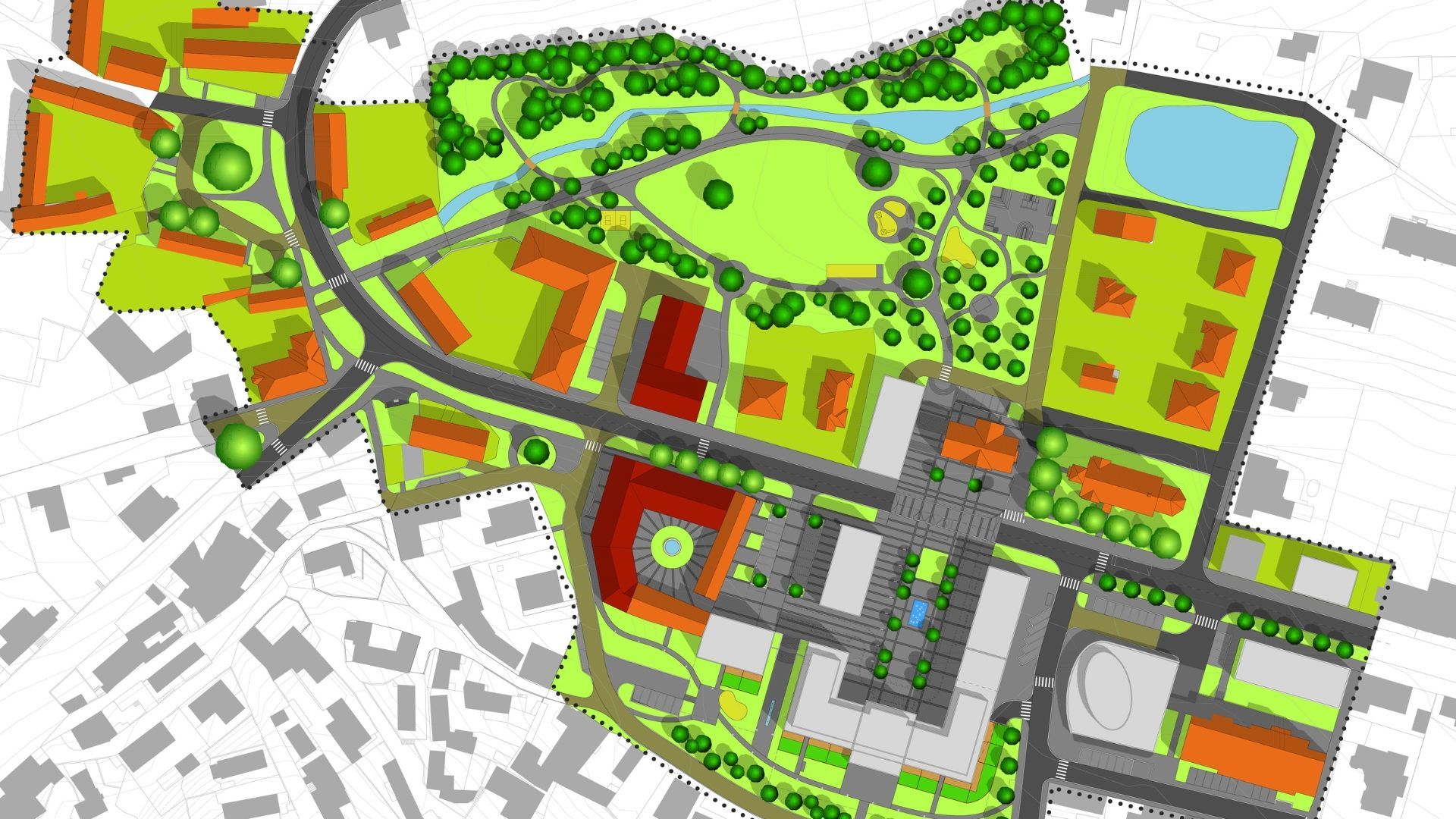What Is Structural Analysis: The Science Behind Stability
Imagine gazing at a majestic bridge spanning a vast river, a towering skyscraper piercing the clouds, or even the simple elegance of a perfectly balanced mobile hanging in your living room. Each of these structures (no matter their size or complexity) rely on a fundamental principle: structural stability. But how do we ensure these marvels of engineering can withstand the forces of nature and gravity? The answer lies in the fascinating realm of structural analysis.
1. Understanding the Invisible Forces
Structural analysis is the backbone of safe and reliable structures. It's the scientific discipline that delves into the invisible forces (like gravity) acting on structures, allowing civil engineers to predict their behavior and ensure their stability. Think of it as the architect's blueprint, only instead of bricks and mortar, it deals with loads, stresses, and deformations.
2. The Effects of Loads and Materials
Our engineering stage is anything from a simple beam to a complex building. The actors on this stage are the loads. These can be static, like the weight of the structure itself, or dynamic, like wind, earthquake forces, or even traffic vibrations. Understanding the type, magnitude, and location of these loads is crucial.
But the stage itself is just as important. Enter the materials: steel, concrete, wood, each with unique properties like strength, stiffness, and elasticity. The interplay between loads and materials determines how a structure reacts.
3. The Trade's Analysis Methods
So, how do we analyze this intricate interplay? Engineers have a toolbox filled with various methods:
- Hand calculations: For simpler structures, basic principles of mechanics and equilibrium are applied to manually calculate forces and stresses.
- Computer-aided analysis: For complex structures, powerful software like finite element analysis (FEA) simulates structural behavior under various loads, providing detailed insights into its response.
- Physical testing: In some cases, building scaled models or conducting real-world tests further validates the analysis results and offers valuable practical insights.
4. Decoding the Results
The analysis reveals a treasure trove of information:
- Internal forces: These are the invisible tug-of-war forces acting within the structure's elements, like tension, compression, and shear.
- Stresses: These are the internal pressures experienced by the material due to these forces, measured in units like megapascals (MPa).
- Deformations: These are the displacements or movements the structure undergoes due to the applied loads, measured in millimeters or centimeters.
5. Safety First
The ultimate goal of structural analysis is to ensure a structure’s safety and serviceability. It's about finding the sweet spot where the structure can withstand any expected loads without exceeding the material's capacity.
Engineers use the analysis results to:
- Design the structural elements: Size, shape, and material are chosen based on the calculated forces and stresses.
- Optimize the design: Refine the structure for efficiency and economy while maintaining safety.
- Evaluate existing structures: Assess the integrity of existing structures for potential renovations or upgrades.
6. The Art of Structural Analysis
Structural analysis might seem like a purely mathematical exercise, but it's much more. It's an art form where engineers use their knowledge, experience, and intuition to interpret data and make informed decisions.
They consider factors like:
- Construction methods: How the structure will be built and the limitations of construction techniques.
- Durability and sustainability: Ensuring the structure performs well over its lifetime while minimizing environmental impact.
- Aesthetics and functionality: Balancing the structural requirements with the desired form and function of the structure.
Beyond the Numbers, What is Structural Analysis?
From the bridges we cross to the buildings we inhabit, structural analysis plays a vital role in shaping our world. It's the invisible guardian, ensuring our structures stand tall and safe, silently protecting us from the forces around us. So, the next time you marvel at a magnificent structure, remember the invisible science of structural analysis working tirelessly behind the scenes.
At Rega Engineering,
we are passionate about this science, using our expertise to create strong, efficient, and beautiful structures. Our team would love to apply this knowledge to your next project and help you
make your mark in our community.
Let's get to work.



All Rights Reserved. REGA Engineering Group, Inc.

